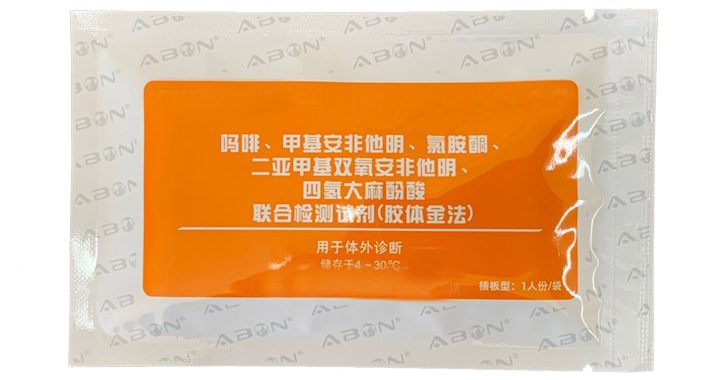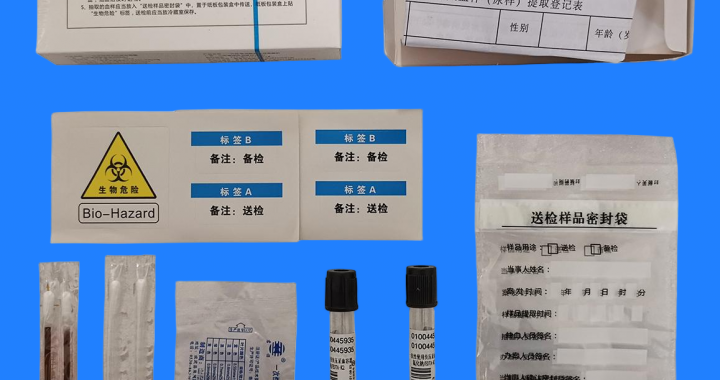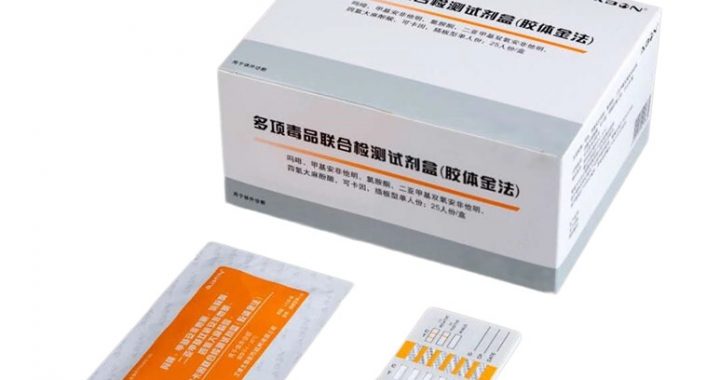Artificial Intelligence (AI) has emerged as a transformative force in drug detection technologies, redefining how substances of abuse are identified, analyzed, and monitored across diverse sectors. Traditional drug testing methods, while reliable, often face limitations in handling the rapid proliferation of synthetic drugs, processing large sample volumes efficiently, and minimizing human error in result interpretation. AI addresses these gaps by integrating machine learning (ML) algorithms, deep neural networks, and predictive analytics into every phase of the detection workflow—from sample processing to trend forecasting.
A core innovation lies in AI-enhanced spectral analysis. By training ML models on vast datasets of molecular spectra (from techniques like GC/MS, HPLC, and Raman spectroscopy), these systems can recognize the unique chemical fingerprints of both known drugs and emerging novel psychoactive substances (NPS) with unprecedented speed. Unlike traditional methods that rely on preconfigured databases, AI models can identify structural analogs of known drugs, enabling proactive detection of new substances before they are formally cataloged. This capability is critical for law enforcement and public health agencies battling the evolving landscape of synthetic drugs.
Another pivotal advancement is computer vision-driven point-of-care (POC) testing. AI-powered POC devices use cameras and image recognition algorithms to analyze test strips or microfluidic chips in real time, eliminating subjective human interpretation. These devices deliver accurate results in 5–10 minutes, making them ideal for roadside screenings, workplace testing, and community healthcare settings. Additionally, AI integrates seamlessly with Laboratory Information Management Systems (LIMS), automating data entry, report generation, and compliance checks—reducing administrative burdens and ensuring adherence to standards like CLIA and ISO 15189.
Predictive analytics is yet another area where AI shines. By aggregating and analyzing multi-source data—including drug seizure records, hospital admission data, and social media trends—AI models can forecast regional drug outbreaks, allowing authorities to allocate resources strategically and implement targeted intervention programs. While challenges such as data quality, algorithm bias, and the need for continuous model updates exist, advancements in edge AI are making these technologies more portable and accessible, extending their utility from centralized labs to remote field locations.
Key Features
-
Rapid Novel Drug Detection: ML models identify emerging NPS by recognizing molecular similarities to known substances, outpacing database-dependent traditional methods.
-
Error Reduction in POC Testing: Computer vision eliminates subjective interpretation of test strips, cutting result errors by up to 45% compared to manual analysis.
-
Predictive Trend Forecasting: AI analyzes multi-dimensional data to predict drug trends, enabling proactive public health and law enforcement responses.
-
Seamless LIMS Integration: Automates data management and compliance reporting, streamlining lab workflows and reducing administrative overhead.
Scope & Applications
-
Law Enforcement & Border Control: Portable AI devices for roadside drug screenings and border inspections, enabling quick identification of contraband.
-
Clinical & Forensic Laboratories: Accelerated spectral analysis for patient monitoring, addiction treatment, and legally defensible forensic reports.
-
Workplace & Occupational Health: Real-time POC testing with AI interpretation for employee screening, ensuring workplace safety.
-
Public Health Agencies: Predictive analytics to guide anti-drug campaigns, resource allocation, and outbreak prevention.



